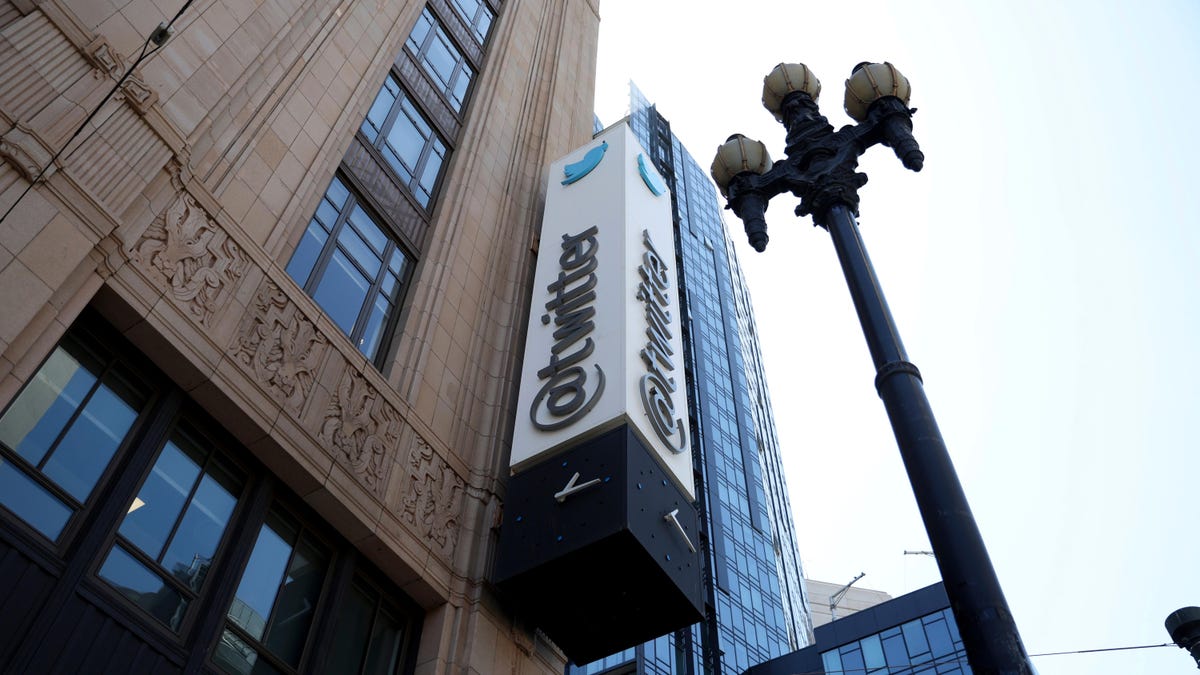
Advertisement
A study out of Stanford University last month found that, during the 2020 election Twitter managed to consistently label 70 percent of misleading claims.
In an article for Lawfare Blog, the researchers—Samantha Bradshaw of American University and Shelby Grossman of the Stanford Internet Observatory—explained:
We found many examples of Twitter treating identical tweets differently as well. On Nov. 4, 2020, Trump tweeted, “We are up BIG, but they are trying to STEAL the Election. We will never let them do it. Votes cannot be cast after the Polls are closed!” Twitter put the tweet behind a warning label. In response, Trump supporters shared the text of the tweet verbatim. Sometimes Twitter labeled these tweets and sometimes it didn’t, even though the tweets were identical and tweeted within minutes of each other.
Advertisement
Examining a pool of over 600 misleading tweets, Grossman and Bradshaw noted that Twitter was “22 percent more likely to label tweets from verified users, compared to unverified users.”
The researchers said they were unable to draw any reasonable conclusions as to why 30 percent of misleading claims were treated differently by Twitter, even when tweets were “seemingly identical” to others it did label. Their best guess The tweets were placed into a queue for content moderators, who just happened to responded differently to the same misinformation.